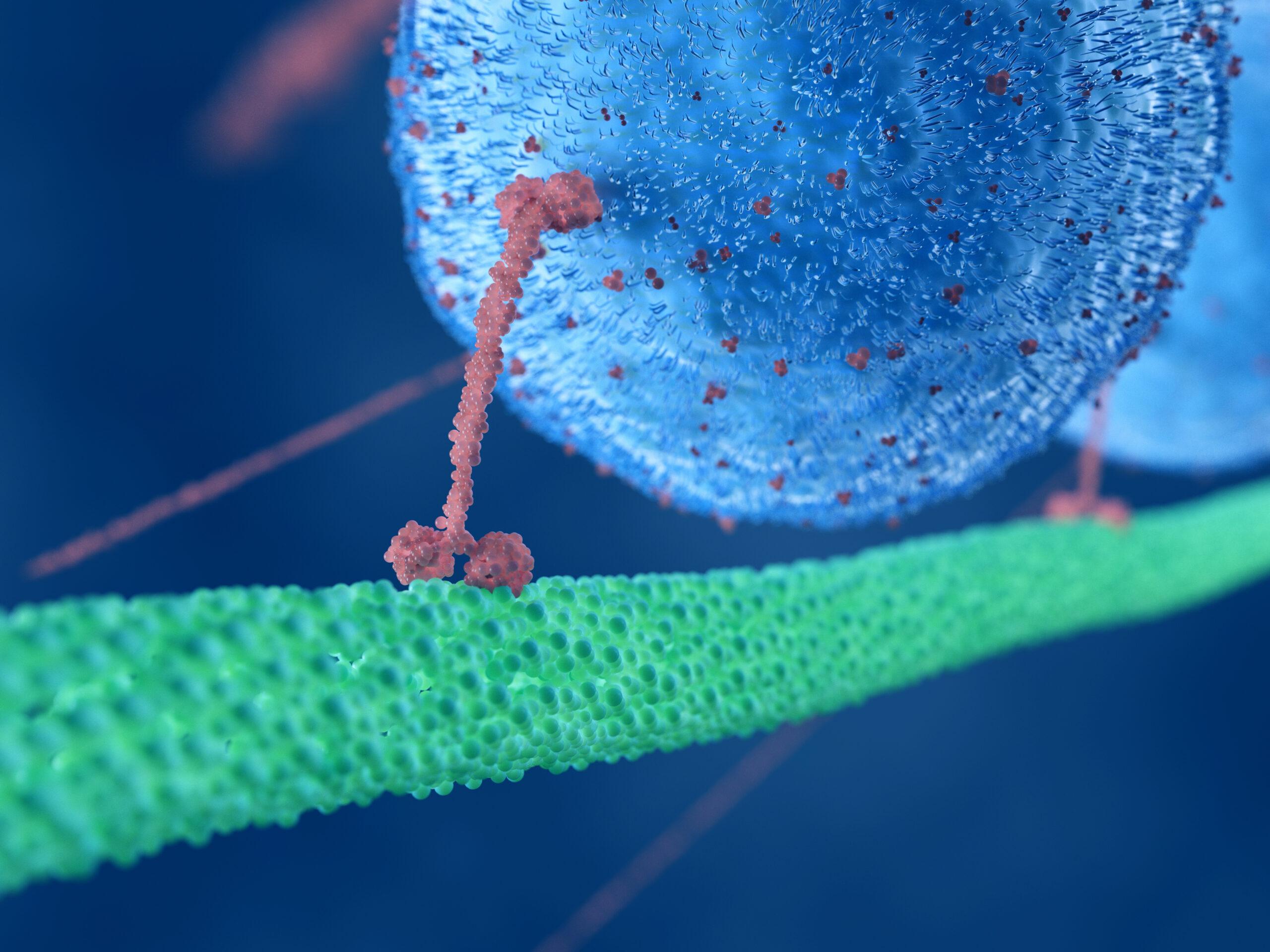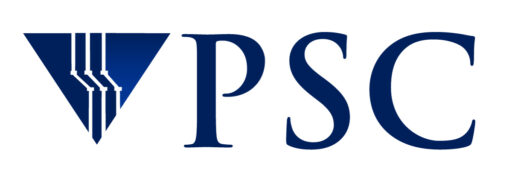
One of the projects undertaken by high school students with Bridges-2 is simulating how pulses of infrared or visible light can turn the protein kinesin into a tiny molecular motor for nanotechnology machines. Adobe Stock 230402435
Unique Program at North Carolina School of Science and Mathematics Introduces Students to High Performance Computing
Tech jobs are one of the fastest growing sectors of the economy, with more open positions and higher wages. But few students get exposed to advanced technologies such as high-performance computing (HPC). This year, a teacher from the prestigious North Carolina School of Science and Mathematics will complete his tenth year leading a unique program that offers computing time to advanced high school students on HPC resources including PSC’s flagship Bridges-2 supercomputer. The students’ work, which has in the past appeared in peer-reviewed journals, includes investigations into repurposing cellular proteins as nanotechnology motors as well as using AI to better detect calcium deposits in the heart’s arteries.
WHY IT’S IMPORTANT
The science, technology, engineering and mathematics (STEM) fields continue to grow — and employ. According to the U.S. Bureau of Labor Statistics, by 2033, STEM jobs are predicted to grow over 10 percent beyond 2023 levels. That’s nearly three times the growth in non-STEM jobs. These jobs command more than twice the average pay of non-STEM jobs. But as little as 20 percent of high school graduates may be prepared for college-level STEM coursework.
“I’ve been doing HPC work with high school kids since 1987, so, needless to say, I think this has significant and substantial value. There is particular value in teaching chemistry using software such as Gaussian 16, which you have on Bridges-2.”
— Bob Gotwals, NCSSM
STEM isn’t for every student, of course. But even among those going into non-STEM professions, a familiarity with technology can help them navigate an increasingly technological world. That’s why in 2015, Bob Gotwals, a computational science educator at the North Carolina School of Science and Mathematics (NCSSM), created a high school curriculum that gave his students an introduction to HPC. Gotwals had previous experience teaching HPC to high schoolers via a 1980s NSF program, SuperQuest. NCSSM, a University of North Carolina-affiliated institution, applied for its first educational allocation in 2016 through the XSEDE program. They’ve received yearly allocations through XSEDE and now through the ACCESS program. NCSSM started on Bridges, then moved to Bridges-2.
HOW PSC HELPED
NCSSM’s computational science education program grew to be the largest of its kind in the country, offering 11 courses in computational science at one point, through in-person and online programs. It offers students two ways of participating: a residential, year-long program gives high schoolers a deep-dive immersion in the technologies, techniques, and tools of computational science, including HPC. An online program offers a semester-long course giving kids who aren’t living at the school an opportunity to dive almost as deeply. Each semester, the online students can also make use of a voluntary six-hour workshop at NCSSM.
“In the fall [workshop] we talk about high performance computing. We talk specifically about Pittsburgh. We talk about Bridges-2 … In the morning we do a UNIX workshop because the kids don’t have any experience [with that operating system]. And then in the afternoon, they … create a job file using Gaussian 16 to do a simple calculation on water.”
— Bob Gotwals, NCSSM
Supporting advanced students in these programs is Gotwal’s allocation on Bridges-2, via the NSF’s ACCESS program, of which PSC is a leading member. Recent student projects on the PSC system include:
- Alina Yang, a student in physics, employed Bridges-2 to simulate how pulses of infrared or visible light can cause the protein kinesin to move. A tiny molecular motor, kinesin is responsible for a host of important biological functions, including separating daughter cells in cell division, function and maintenance in nerve cells, and formation and maintenance of flagella, which help to keep the lung’s airways clear. Yang’s results suggested that a laser pulse can cause the kinesin protein to move in a predictable direction, offering a possible tool for moving components around in nanotechnology applications.
- Vikas Sarvasya, a computational science student, used Bridges-2 to explore how deep neural networks, a form of artificial intelligence, can help doctors filter noise out of 3D medical images. The AI’s analysis proved highly accurate at identifying calcium deposits in coronary arteries, promising a tool for improving early detection and better treatment of heart disease.
Previous work by Gotwals’s students has led to publications in peer-reviewed scientific journals. This is the last year he’ll teach full-time before partial retirement. The courses “Introduction to Computational Science,” “Computational Chemistry,” and “Computational Medicinal Chemistry” will continue through May 2027, at which point Gotwals will retire fully. Plans are currently in the works to continue Gotwals’ computational science program, including its education allocation to PSC’s Bridges-2 resources through the NSF Access program.
